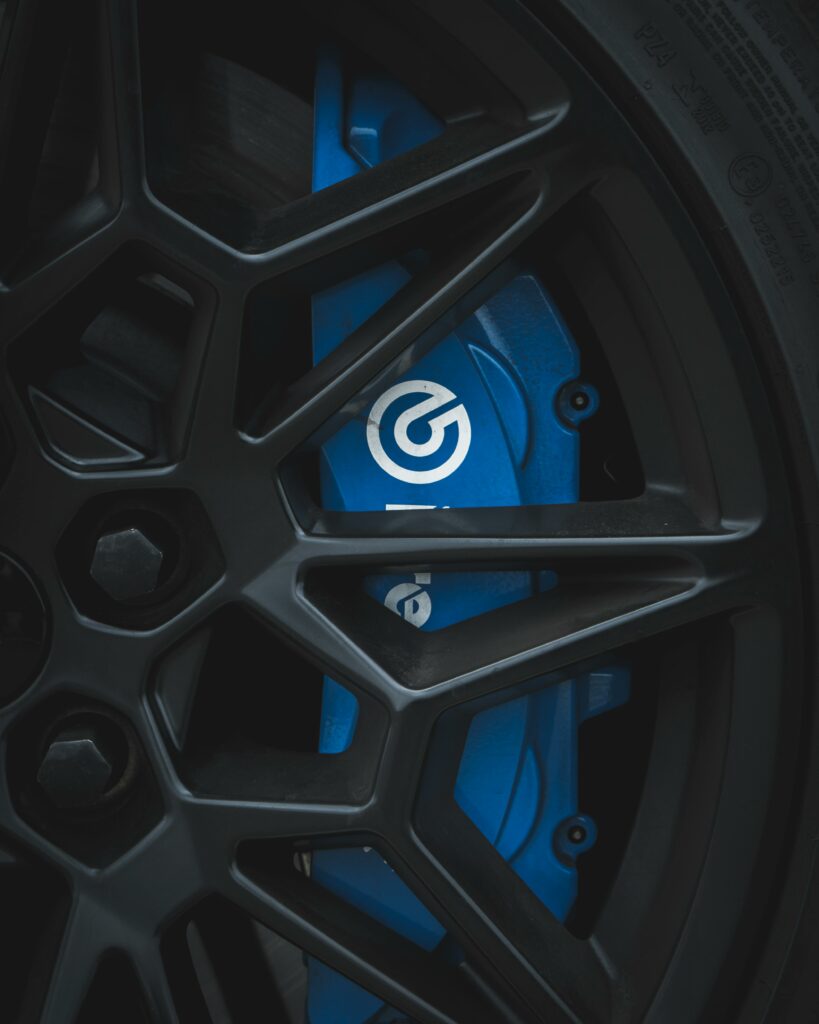Modern Cars’ Top 5 Must-Have Safety Features (That Could Save Your Life!)
Let’s be real—tire shopping is about as exciting as watching paint dry, until you realize these four rubber donuts are the only things between you and the asphalt. Whether you’re staring blankly at a wall of options at the tire shop or falling down an online rabbit hole of UTQG ratings (more on that later), choosing the right tires doesn’t have to feel like solving a physics equation. Here’s how to pick your perfect match without the jargon overload.

First, ask yourself where you drive most. Are you a highway hero racking up miles, a weekend warrior hitting dirt trails, or just trying not to slide into your neighbor’s mailbox during winter? All-season tires are like that reliable pair of jeans—they work for most situations, but if you live where winter means actual snow (not just “ooh, it’s 50 degrees!”), dedicated winter tires are worth their weight in salt. Summer tires, on the other hand, are like high heels—great for performance, but you wouldn’t wear them in a snowstorm.
Now, let’s talk tread life versus grip. That fancy “80,000-mile warranty” sounds sweet until you realize harder, long-lasting tires often grip the road like a nervous first-time driver. Softer rubber sticks better but wears faster—it’s the eternal trade-off. If you’re the type who forgets to rotate tires until they’re balder than your uncle Larry, maybe prioritize longevity. But if you enjoy taking corners without squealing like a startled pig, lean toward performance.
Size matters, and not just because your car’s manual will yell at you if you get it wrong. Those numbers on your current tire’s sidewall (something like P215/55R17) aren’t a secret code—they’re your tire’s height, width, and rim diameter. Stick to them unless you enjoy expensive modifications and your mechanic’s judgmental stare.
Here’s where it gets nerdy: that UTQG rating on the tire’s sticker. Think of it as a report card—treadwear (higher numbers last longer), traction (AA is best), and temperature resistance (A means it won’t melt like a popsicle on pavement). Most drivers can ignore this, but if you’re the type who reads microwave manuals for fun, now you sound smart at parties.
Budget tires are tempting (who doesn’t love saving $300?), but remember—this isn’t where you want to “DIY and pray.” Cheap tires often mean louder road noise, worse wet braking, and that lovely feeling of hydroplaning like a startled duck. That said, you don’t need Michelin’s fanciest model if you’re just commuting. Mid-range options from Continental, Bridgestone, or Goodyear often hit the sweet spot.
Two final pro tips: First, check the manufacture date on the tire’s sidewall (a four-digit code like “2323” means it was made in the 23rd week of 2023). Tires older than five years can dry out, even with good tread. Second, if you’re buying online, factor in mounting costs—that “100 off”deal vanishes fast when your local shop charges 25 per tire to install them.
At the end of the day, the best tires are the ones that match your driving life without turning you into a spreadsheet-comparing zombie. Now go forth—your car (and your future self avoiding a rainy-day spinout) will thank you. And hey, if all else fails, just bribe your most car-obsessed friend with pizza to pick for you. Works every time.







